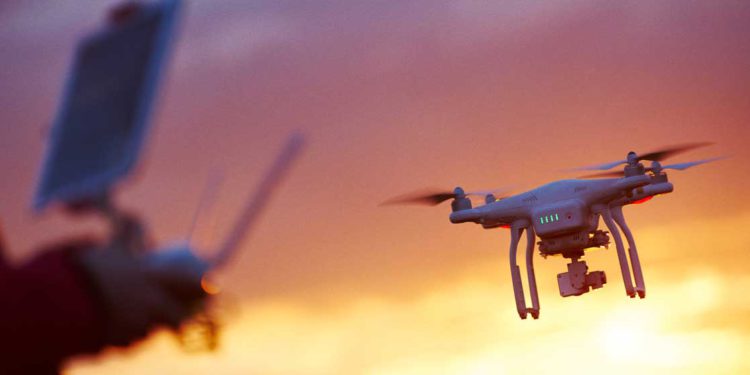
The role of mobile mesh in countering the UAS threat
In our last article on The Last Mile, we featured an interview with Matthew Semovoski, a Post Sales Support Engineer for D-Fend Solutions, in which Matthew explained the challenges the Department of Defense (DoD) and law enforcement organizations face when countering the threat of malicious unmanned aerial systems (UAS).
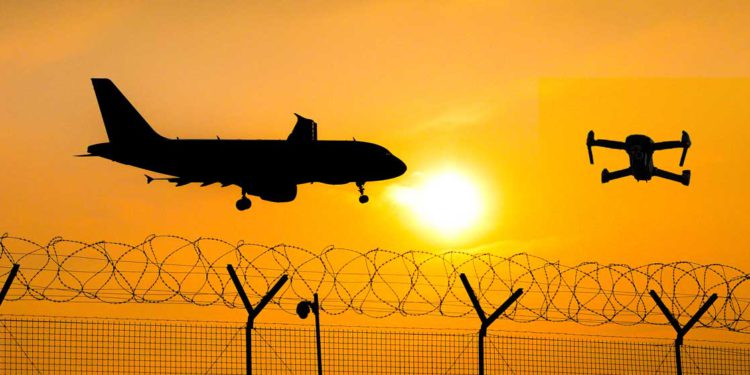
Malicious drones – the UAS threat facing law enforcement and military
Unmanned ariel vehicles (UAVs) – which are more commonly referred to as “drones” – are practically everywhere today. They’re used by tourists and hobbyists to take incredible photos. Insurance companies use them to inspect the damage to homes and businesses following a natural disaster. Companies like Amazon are even exploring

Combating the tyranny of distance – the role of technology in maritime environments
Throughout the history of the United States, the country and its people were protected from externally-derived harm to some extent because of the oceans on its eastern and western coasts. However, as technology advanced, the United States quickly grew vulnerable to threats coming over or across the Atlantic or Pacific
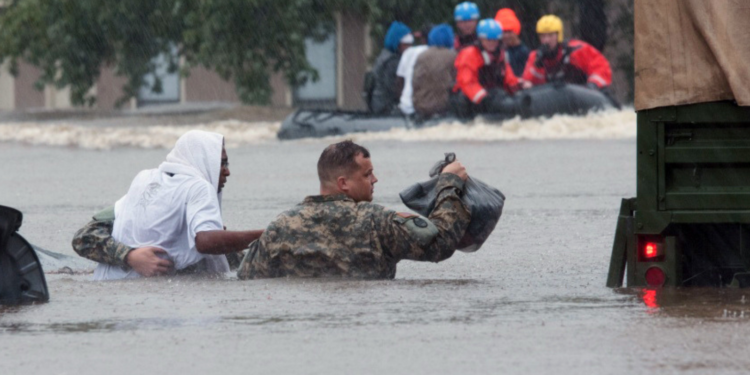
Mobile mesh brings it all together for the National Guard
When massive natural disasters strike our nation, or when other large emergency scenarios occur, National Guard units from across the country and representing multiple different states, will often be mobilized to respond. The nature of the National Guard and the work that it does can create some unique challenges when
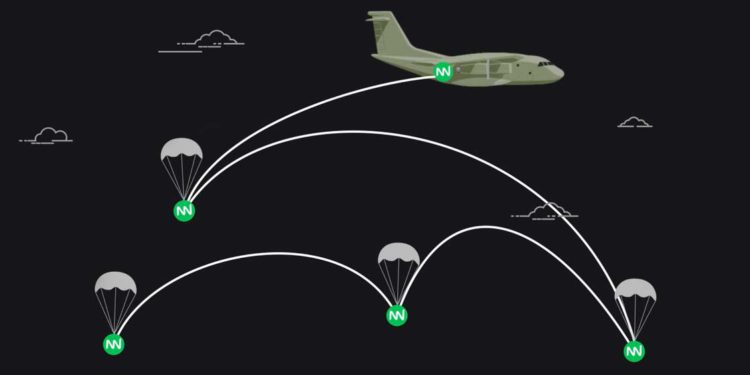
Video | How goTenna’s mobile mesh network connects air-to-ground operators and moving assets
By simply deploying a goTenna Pro X2 device with each tactical operator involved in the military freefall exercise, users can track each other on a map or send messages at a 5-second Position, Location, Information (PLI) rate. There are more benefits to mobile mesh for military freefall than simply providing
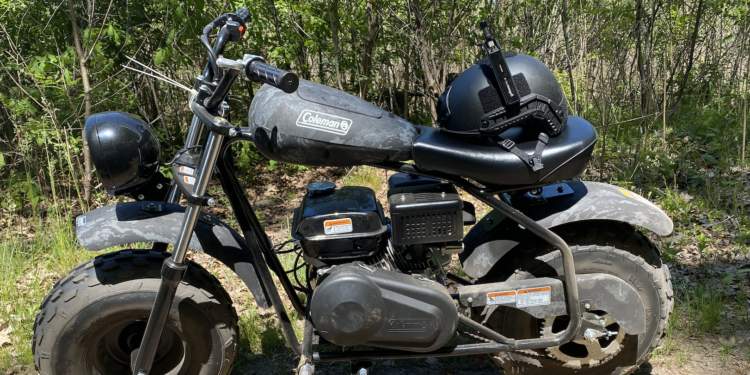
Hitching a ride – how to mount mobile mesh radios to ground vehicles, and why you’d want to
When we talk about deploying mobile mesh networking radios or nodes to warfighters, emergency and first responders, and law enforcement officials, it usually involves handing a node to an individual. That individual then connects the node to their mobile device either via Bluetooth or wire and then carries it with
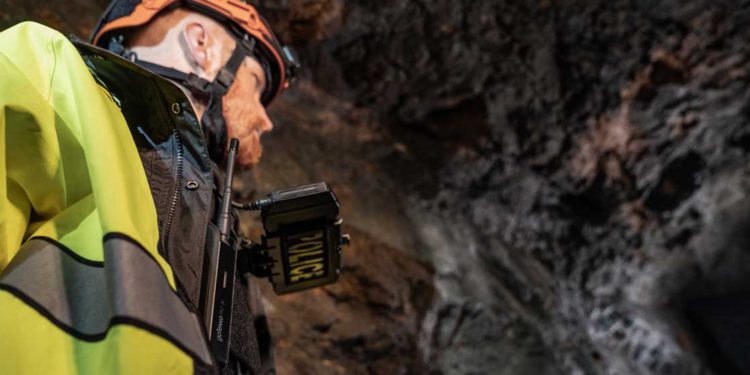
Mobile mesh goes deep—3 ways mobile mesh networking enables comms and situational awareness underground
In our last article in The Last Mile, we discussed how military and disaster response operations in subterranean environments— such as basements, tunnels, and underground structures, can face communications and situational awareness challenges. And these underground communications challenges can happen anywhere, even in areas that traditionally have reliable terrestrial and
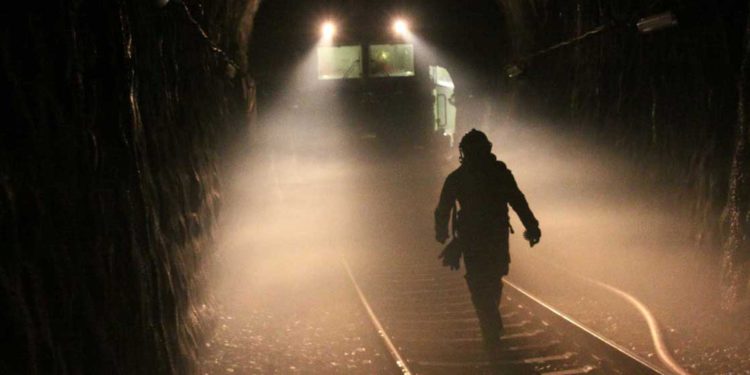
Sounds from the underground – the comms challenges presented by tunnels
In previous articles on The Last Mile, we’ve explored how emergency and disaster response scenarios can create communications and situational awareness challenges for first responders and emergency personnel, especially in places where hurricanes, wildfires, or tornadoes have destroyed network infrastructure. We’ve also looked at how warfighters and other military tactical

Tough Stump Tech Rodeo recap: goTenna Pro X surpasses its own range record at the edge of space
Last month, the goTenna team had an opportunity to demonstrate their mesh network capabilities at the Tough Stump Tech Rodeo, an off-grid communications field test hosted by Tough Stump Technologies. This recurring event provided an opportunity for technology vendors and equipment manufacturers to show off their solutions and test them
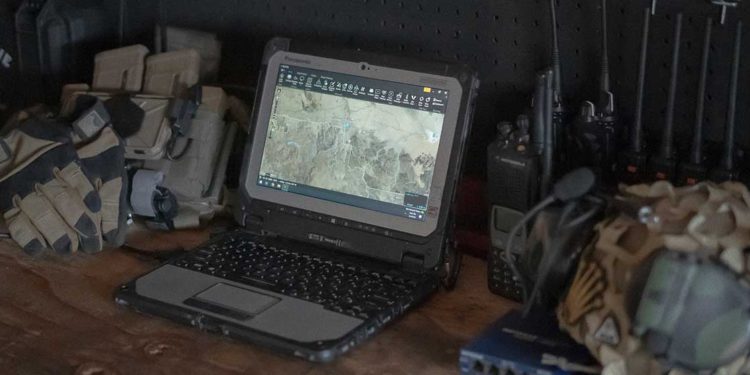
Mojave Repeater on the role of mobile mesh in survival and emergency preparedness
With the sun’s warmth caressing your left side and the uneven rhythm of tires gliding across the pavement beneath your feet, you peer through your rearview mirror to glance at your family’s eager faces as you drive down a road in the middle of nowhere to get to your vacation



